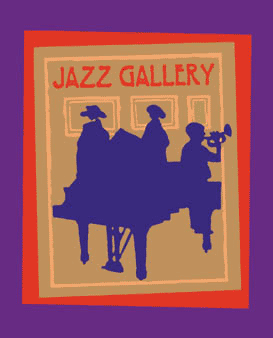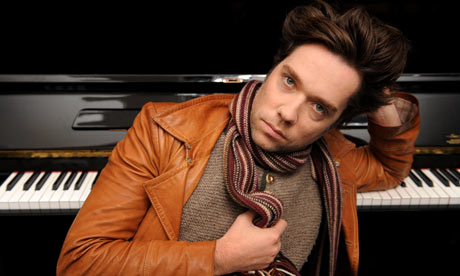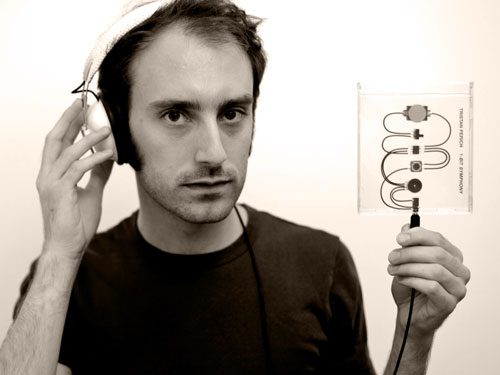Ok, so I thought there was something going on with Spotify. As I mentioned in my previous musings about Yo-Yo Ma and Ton Koopman, Spotify is one of my new best friends. Yes, I had my reservations and doubts, but somehow I just knew this music streaming technology was a particularly special type of new phenomenon, especially for seekers of classical music recordings. (Otherwise, how else would I have found "Vivaldi's Cello," one of my favorite Vivaldi renditions?) Then, the New York Times music critic Steve Smith wrote an article highlighting and praising Spotify's delightful perks. He, too, finds the music streaming technology both convenient and surprising. Spotify, though developed and established in Sweden, allows Americans to have access to certain recordings, such as keyboard works featuring Bach and John Cage played by pianist Francesco Tristano Schimlé on the Deutsche Grammophon label, which would otherwise be unavailable in the US. The count is endless for the amount of times I've researched the Naxos Music Library and had the proverbial "Oh, this recording exists, but only in the European Union, China, Japan, and Russia" slap me in the face. Woe is me at that point, and I turn to the capricious audio quality of Youtube. (The black-market Spotify in my opinion. You never know what you're going to get: anywhere from crackles, pops, and whistles to muted sounds, distortions, and ridiculous images and lyrics to who-knows-what. Impressive indeed.)
However, when I received my invitation to enjoy this technology for free, I've never turned back or had my regrets about signing up. Of course, like Steve Smith says, I'm not ready to give up CDs or LPs, but in this gal's future, there are no more cracks, whistles, or pops. Good-bye Youtube.
However, when I received my invitation to enjoy this technology for free, I've never turned back or had my regrets about signing up. Of course, like Steve Smith says, I'm not ready to give up CDs or LPs, but in this gal's future, there are no more cracks, whistles, or pops. Good-bye Youtube.


















